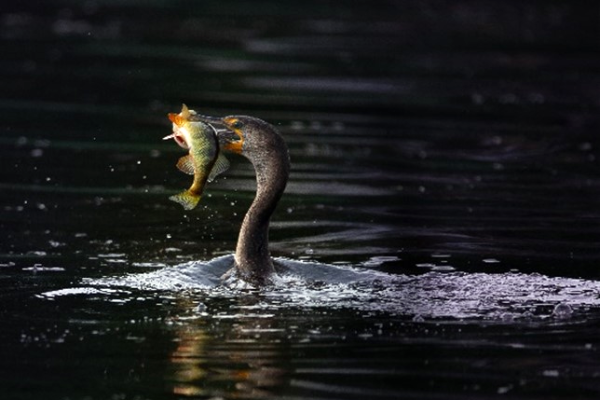
August 01, 2024| Education, Environment
By: Patrick Krudop
Welcome to the first installment of a new monthly series where we will be featuring species that call Lake Hopatcong home. This month, we'll spotlight some local bird species, specifically our fish-eating friends. These birds range from those you may see multiple times a day to those you may only spot with a seasoned eye and some trusty binoculars. Regardless, we hope you learn something new about our native avian friends.
One of the most recognizable sights on Lake Hopatcong is the great blue heron. Distinguished by its unique appearance, it boasts a long neck, beak, legs, and wingspan that set it apart from other birds. As North America's largest heron species, it can span up to 6.5 feet, yet weighs only around 8 pounds at its heaviest. Known for their patient hunting style, they often wait motionless for extended periods, relying on their long necks to snatch their prey. In flight, they retract their necks, resembling modern-day dinosaurs in their majestic glide. Considered by some to be an indicator species, these birds can often give a warning as to when water quality is beginning to degrade. Without healthy prey available to feed on, the Great Blue Heron will relocate to a different area where they can more easily find prey.
 |
 |
| Photo by Bob Kays | Photo by Wayne Markovich |
Being the national symbol of the United States of America, the bald eagle demands attention with its awe-inspiring presence. Now seen relatively commonly on Lake Hopatcong, this was not always the case. After a losing bout with a widely used chemical called DDT, the population of bald eagles in New Jersey went down to only a single pair by 1970. With legislation changes, DDT bans in 1972, and restoration efforts by the NJ Division of Fish and Wildlife’s Endangered and Nongame Species Program, we now see 286 active nesting pairs in New Jersey alone. We are honored to see that two of these pairs call Lake Hopatcong their home. With a male’s wingspan coming in at around 6 feet, and the female’s at a whopping 8 feet, these beautiful birds are easy enough to spot in the air by their stark white head and tail feathers.
 |
 |
| Photo by Kathy Kresnosky | Photo by Kathy Kresnosky |
Although a rather uncommon sight near Lake Hopatcong, it is possible to see, on occasion, one of New Jersey’s largest raptor species. The osprey is a species more well known to be frequent to the Jersey shore, however, they can be seen from time to time at the lake. With a maximum wingspan of 6 feet, they are also the only raptor species to be able to bend their talons backward so that there are two talons pointed forward, and two pointed reverse. This ability helps them to catch fish, which they are renowned for, as they are also known as the fish hawk. Their diet consists of almost exclusively live fish, so it is no surprise that they have perfected the skills of hunting fish. With a hunting success rate as high as 70%, it only takes about 12 minutes on average for them to make a catch after they start their hunt!
 |
 |
If you’ve ever seen a water-dwelling bird near the shore, with black wings spread abroad as if they wanted to give you a hug, you’ve seen a double-crested cormorant. Cormorants are exceptional fish hunters, with our native species able to dive down 25 feet for about 70 seconds at a time. If you’ve ever seen something in the lake that looks like something akin to the Loch Ness Monster, it was probably a cormorant. After diving, these birds need to dry out their wings before they can take off, resulting in the iconic spread wing posture you can typically see, as they do not have water-proof feathers like other birds of this nature. Although this may seem like an evolutionary mishap, it is a beneficial adaptation that allows them to dive more efficiently by waterlogging their feathers
 |
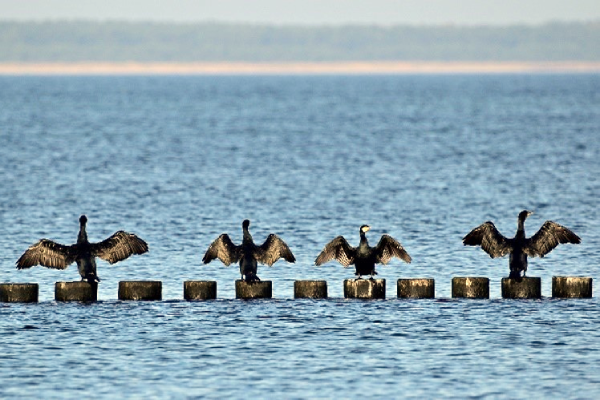 |
| Photo by Jessica Williams |
The smallest of the birds highlighted today, the belted kingfisher, is a songbird and a relative of the hummingbird. This doesn’t make them any less fierce, though. With a wingspan of just under 2 feet, these birds are still capable of swooping into the surface of the water, emerging, and flying away with their catch. Easily identified by their extremely fashionable mohawk, you can tell if the particular kingfisher you are looking at is male or female by looking to see if they have a brown-colored band along their chest in addition to their blue one (males only have the blue band). These birds are fiercely territorial to other kingfishers, with their territory sometimes spreading to half a mile along the coast of a waterbody.
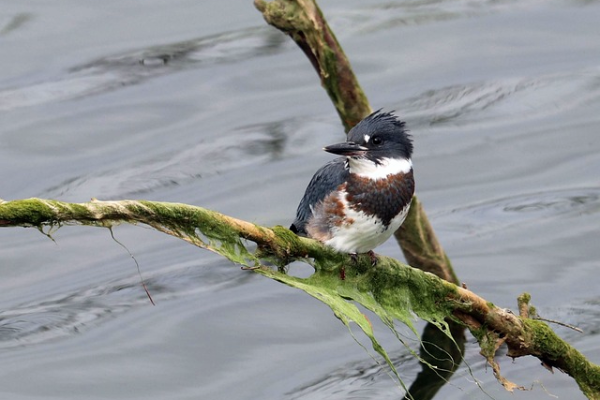 |
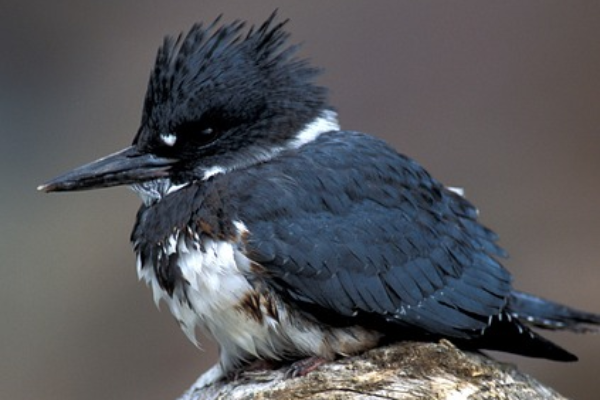 |
New Jersey hosts nearly 500 bird species year-round, including both migratory visitors and resident species that thrive in the state's diverse habitats. At Lake Hopatcong, a hub for naturalists, you're likely to encounter many familiar avian residents, even the ones we talked about today! Whether you're a seasoned birder or just curious about our local wildlife, there's always something new to discover about the fascinating birds that call Lake Hopatcong home.
I hope you enjoyed reading about some of the native bird species we have at Lake Hopatcong, and maybe even learned a thing or two. If you have any pictures of any wildlife on Lake Hopatcong, or any other type of critter you would like to see highlighted in our next Creature Feature, please feel free to send them to info@lakehopatcongfoundation.org so that we can continue delivering creature features!
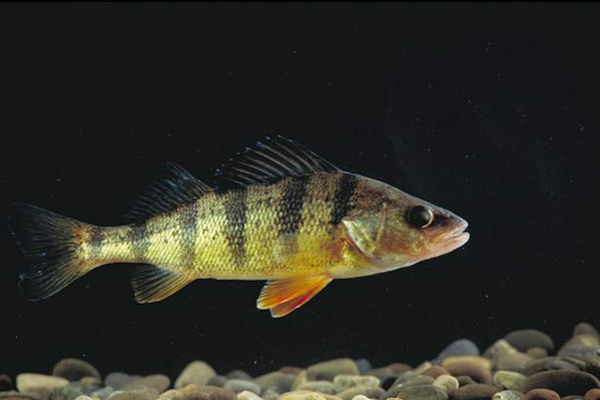
September 05, 2024
Education, Environment

October 04, 2024
Education, Environment

October 21, 2024
Education, Environment